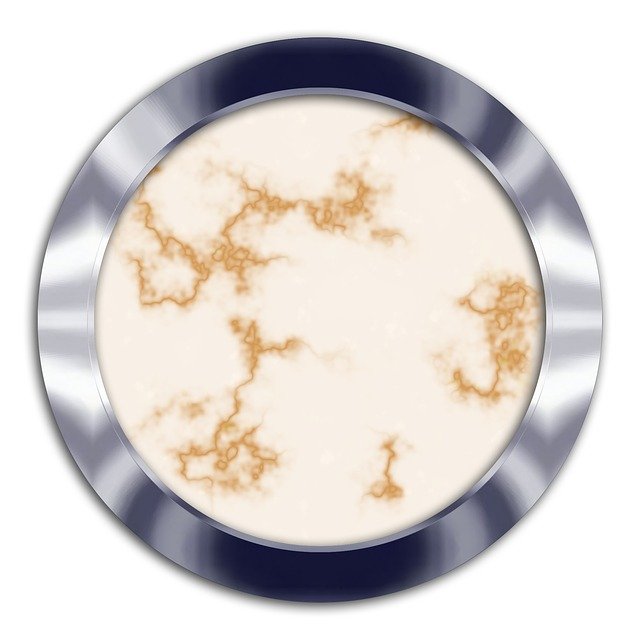
You probably feel excited and frightened about creating your own website. Setting a budget, finding good advice, and picking a smart place to get started are all thorny problems you’ll have to face. These tips should help you create a basic plan to begin your website.
Be sure your site can be scanned by visitors easily. Studies have shown that internet users scan pages to find interesting articles. You are more apt to gain returning readers if text is broken down and can be scanned easily. Additionally, keep your most important info at the top of the page. This will satisfy your visitors and have them coming back for more.
If you want your website to be more attractive, consider adding your own pictures. Pictures help make your website more user-friendly. Those pictures can lead to a lot more post views per visitor.
Smaller pages are better. Some people do not have speedy Internet connections, and if they have to wait a long time for your site to load, they probably won’t be interested in viewing it. If a user has to wait for each page to download, they may leave your site altogether.
Free Tools
When designing a site, use free software. Costly software is also available, but you can get good results with free tools since you are the main factor in the success of your site. You just have to search a little to locate the free tools that best suit you.
To help beginning web designers create good-looking site you should use Photoshop. Using a program like Photoshop can help amateur web designers create professional looking sites really fast. When you do not possess a program like this one, it can be extremely difficult and time consuming to get enough information to build an appealing site fast.
Regardless of your target audience or what type of site you have, try to keep your loading time under ten seconds. Efficient sites should be visible in seconds so the viewer does not get side tracked. Many users crave instant gratification, so you should give it to them.
You need to have content that moves and excites your visitors. The design of your website is important, and the content is too. When you have relevant content on your site that appeals to your viewers and takes into account what they are looking for, there is a good chance they will want to visit again in the near future.
White can be a smart and effective choice when you’re contemplating which color should be the background for your site. White puts the focus on the content, making it easier to read. If you are trying to to exude a professional tone, a white background lends a trustworthy feeling to your site. Gaudy backgrounds, by contrast, often blend in with the content, and make it appear to be hastily put together. You will find that simpler backgrounds are better.
Do not include a website counter; it just doesn’t look good. While you might think that it’s adding something to your site, it’s really something that your visitors don’t want to see. Eliminate visitor counters, and find other methods of tracking the number of visitors to your site.
Meta tags are key to your site if you want to attract people to your site for short and long periods of time. Make sure you include them. Properly used meta tags make it easier for search engines to classify your site correctly. If you use irrelevant meta tags, instead of tags that describe your website’s content appropriately, search engines will classify your site incorrectly and you won’t get a lot of traffic.
Design Tools
Using a host’s design tools to build your website is a good idea for the basic layout, but you don’t want to rely on the design tools completely. If you stick with the plug-and-play site creator given to you by your host, your website is never going reflect your unique personality the way it should.
Now that you have the knowledge from this article to design a site, you can start taking those first steps to creating your website. Now is the time for initial planning, like creating a budget and forming a team. Once you get started, you can make a website without spending an arm and a leg.
The file types will affect the load time of your website. Generally, JPEGs and GIFs are the best graphics. Although there are a number of advantages to using PNG and BMP files for web graphics, these types of files take up much more disk space. By converting your graphics, you can help speed up load times.




